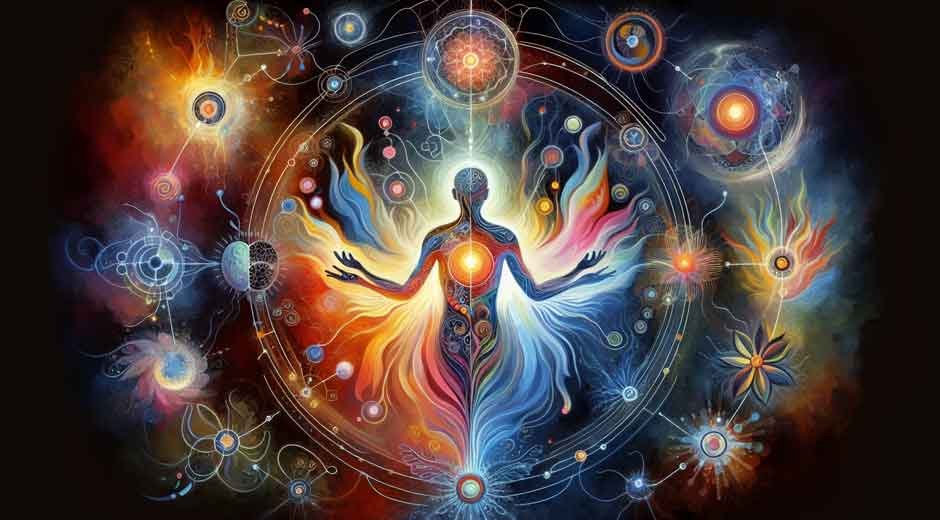In the quiet hours that follow a loved one’s passing, Jewish tradition offers a structured path through grief, not only to honor the deceased but to guide the living through profound emotional and spiritual transitions. The initial phase of this journey, known as Aninus, is often misunderstood as a period of legal or ritual restriction. However, its meaning runs much deeper. It is a time of raw presence—when the mourner is entirely consumed by loss. This phase is followed by the more familiar process of mourning, which gradually helps a person reengage with the world.
Both stages are not just rituals but are deeply rooted in spiritual principles. They provide a sacred framework for confronting mortality, embracing vulnerability, and rediscovering purpose after pain. We will explore how Aninus and mourning connect the mourner to something beyond themselves—revealing the wisdom behind grief and the holiness of remembrance.
Aninus and Mourning as a Sacred Bridge to the Soul
- The Raw Silence of Aninus: A Space for Inner Truth
Aninus, the stage from the moment of death until the burial, is not simply about abstaining from mitzvot or communal prayer. It is a declaration of sacred disruption. During this short but powerful window of time, the mourner is not expected to function within societal or religious expectations. Instead, they are offered space to face the raw truth of loss. This moment before the finality of burial is deeply spiritual because it invites the mourner into a rare experience—one where time, obligation, and routine fall away. The soul is still near, the heart is open, and clarity often emerges in this emotional stillness. Aninus serves as a threshold between life and death, between what was and what now must be redefined.
In this suspended state, a person is given the gift of being present without performance. The silence of Aninus is not a void; it is a vessel holding unfiltered grief, reflection, and spiritual authenticity. It allows one to witness how fragile and holy life is without trying to fix it, understand it, or name it. The stillness has its own language—one that speaks to the soul when the mind and body are too weary to move forward.
- The Transition After Burial: Mourning as a Process of Reconnection
Once burial occurs, the mourner enters the structured period of mourning known as Avelut. Where Aninus is defined by disconnection from ritual obligation, mourning invites a return—but a slow and intentional one. The laws of mourning are designed not merely as obligations, but as spiritual recalibrations. They help the mourner navigate an altered reality by easing them back into the flow of life without ignoring the rupture that occurred. Mourning begins with Shiva, a concentrated seven-day period of grief, which is often observed at home surrounded by community. This presence of others is not to erase pain, but to affirm it. The simple acts of sitting low, covering mirrors, or refraining from grooming are not rituals of sadness for sadness’ sake.
They are spiritual gestures that express what cannot always be said: that something has changed, and the mourner is now living with that change. As time passes, mourning continues through Sheloshim (thirty days) and, for a parent, up to a year. Each phase reflects a gradual reentry into life, offering structure without pressure. It is an act of spiritual wisdom to give grief time to breathe. Mourning is not a weakness to be rushed through, but a passage that sanctifies memory, shapes identity, and allows for healing that includes—not excludes—loss.
- The Spiritual Purpose Behind Ritual Restrictions
While some see the legal restrictions during Aninus and mourning as burdens, their deeper purpose is both compassionate and profound. They serve to protect the mourner’s inner world during a time of vulnerability and transition. An onen is exempt from positive commandments because the mind is not in a state of readiness to connect through traditional ritual. This is not a punishment, but a permission slip to be fully present with the emotional and spiritual magnitude of loss.
Similarly, the mourning restrictions—such as avoiding music, celebrations, or wearing fresh clothes—are not there to prolong sadness, but to create harmony between inner grief and outer expression. These limitations ensure that joy is not performed while the heart is still heavy, allowing the mourner to feel authentic in their process. Spiritually, this alignment between inner state and external behavior honors both the mourner and the deceased. It reinforces the idea that loss is not meant to be hidden or quickly forgotten. Instead, grief becomes a form of presence—a continuation of love expressed through mindful remembrance. These laws offer a sacred choreography for grief, ensuring that it unfolds with dignity, clarity, and spiritual integrity.
- Memory as a Living Legacy: The Role of Mitzvot and Torah Study
One of the most powerful elements of Jewish mourning is the idea that the living can elevate the soul of the deceased through their actions. While Aninus prohibits mitzvot due to the mourner’s mental state, mourning eventually encourages them—especially those that directly benefit the soul of the departed. Acts such as reciting Kaddish, learning Mishnayos, and performing mitzvot in their memory are more than rituals. They are spiritual links between the living and the departed. According to tradition, the soul ascends in merit when living descendants or friends engage in Torah and kindness on its behalf. This concept transforms mourning into purpose.
The phases of Aninus and mourning are more than rituals—they are spiritual companions through one of life’s most profound human experiences. They honor the full range of grief, from silence to remembrance, from inward stillness to outward action. Aninus offers sacred space to simply be, to feel without the pressure of ritual or routine. Mourning provides a framework for moving forward while carrying the memory of the deceased with dignity and purpose. Together, they offer a path not only through loss but toward spiritual depth, compassion, and clarity.













